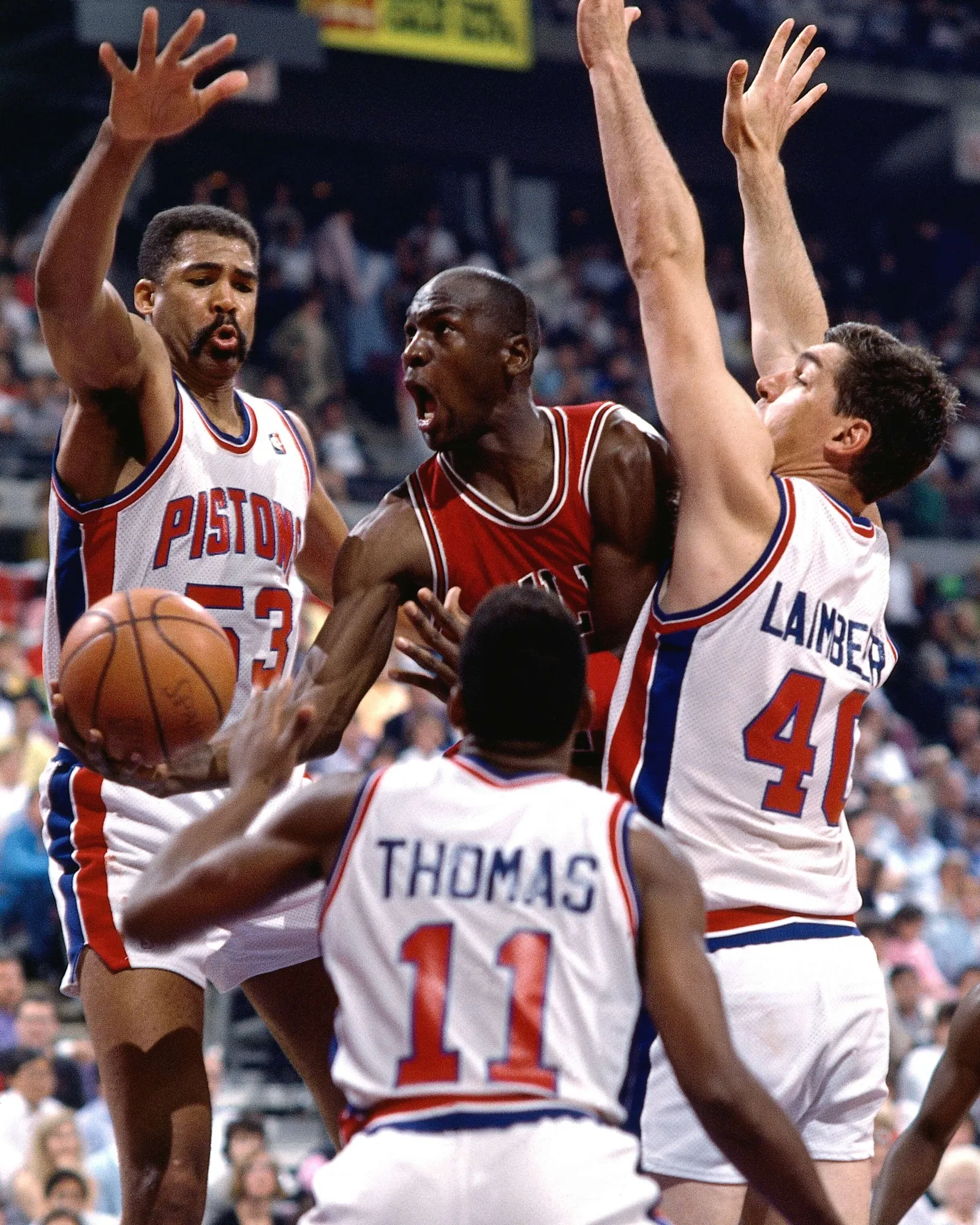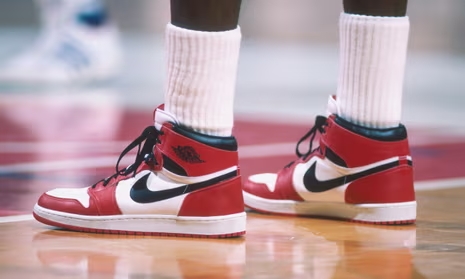Expansion and Franchise Moves:
The 1980s were considered the golden age of the NBA where the league reached its peak and surged in popularity. In the 80s the league expanded considerably with 5 new teams joining the league which brought the total number of teams to 27 by the end of the 1980s. In the 1980-81 season, the Dallas Mavericks were added to the NBA, but it wasn’t until the late 80s for new expansion teams to arrive. The 1988-89 season then brought two new teams, the Charlotte Hornets and Miami Heat. Another two teams joined in 1989, which were the Minnesota Timberwolves and Orlando Magic.
As the NBA became more stable in the 80s there was significantly less franchise movement. Only two teams relocated, the San Diego Clippers became the Los Angeles Clippers in 1984 and the Kansas City Kings became the Sacramento Kings in 1985.
Rule Changes and Innovation:
Not many rule changes were established in the 80s, however some minor adjustments were made. This includes defensive rules like the defensive three second violation and the illegal defence rule, requiring players to actively guard each other. Furthermore, more restrictions were put in place for hand contact which meant defenders had to be more careful whilst defending. To add, the instant replay and referee communication was put in place to ensure that accurate decisions could be made most of the time.
Moreover, the playoffs format changed to what it is today in 1984. The playoffs went from 12 teams to 16 teams allowing for more competition and excitement. This also made sense due to the increasing number of teams in the NBA and gave opportunities to a larger range of teams.
To add, the NBA introduced breakaway rims in 1981 which have a spring inside so they bend down when a player dunks the ball or hangs on the rim. This type of rim was implemented to reduce the amount of shattered backboards, bent rims and reduce player injuries.
Playstyle:
The 80s still had elements of fast paced team play that focused on passing the ball quickly. However, with the introduction of the three point line, the long range three point shot started to develop into the game with players like Larry Bird. In the 80s ‘iso’ play also started to take shape. Iso is short for isolation where one player has the ball and their teammates spread out to create a 1 vs 1 situation. Ultimately basketball in the 80s was extremely gritty, rugged and rough displaying more physicality than ever before. Additionally, there were two prominent teams in the 80s known for their playstyles, nicknamed the ‘Showtime Lakers’ and ‘Bad Boy Pistons’.
The showtime playstyle of the Lakers resulted in a high number of shooting attempts and relied on fast breaks with their key contributor being Magic Johnson, although this did mean defence was understated. It is often described as run and gun basketball. This style of play was brought about due to the owner of the Lakers when he bought the franchise in 1979 as he wanted basketball to be more exciting and entertaining as well as from Magic’s flashy playstyle. The Bad Boy Pistons became prominent for their rough and physical playstyle in the late 80s. Unlike the Showtime Lakers, the Pistons put more emphasis on their defensive play, played aggressively and were extremely competitive, dominating the late 1980s.
Also, the game moved away from being mostly dominated by centres. Smaller point forwards such as Larry Bird and Magic Johnson became leading players in their teams. They therefore possessed extraordinary ball handling, dribbling and became well versed in shooting.
Notable Players and teams:
The best teams in the 80s were the Los Angeles Lakers and Boston Celtics. Five championships were won by the Lakers and the Celtics won three. The other two teams to win a championship in the 80s were the Philadelphia 76ers and the Detroit Pistons. Both the Lakers and Celtics led the 80s due to their star players with the Lakers having Kareem and Magic Johnson and the Celtics having Larry Bird.
This era of basketball is known for the rivalry between Magic and Bird. Larry Bird was known for his incredible shooting and was a bountiful scorer. Not to mention, he was also a prolific teamplayer in which many players failed to be both as he won two finals MVP’s. Magic was known for his passing ability and ability to be versatile around the court as he played all five positions in his career, however is most known for being a point guard. He is also a three time finals MVP and holds the record for the highest assist per game average, in which he averaged 11.2 assists per game.
Cultural Impact:
The 80s marked a rise in sneaker culture amongst the NBA. For example, during the 80s players like Magic Johnson and Michael Jordan launched signature shoes which are still prominent in the culture today. Due to this, basketball shoes became fashionable and trendy. Furthermore, basketball players started to become mainstream celebrities, featuring in TV shows and commercials, influencing media and popular culture. Similar to previous eras, players influenced fashion and made an impact on clothing and style at the time. The NBA and basketball also started to become associated with music more, especially hip-hop. Players also started to use their fame and platforms for positive change and raising awareness for change. An example of this is Magic Johnson who advocates for health as well as education and has a charity.


 Magic Johnson
Magic Johnson  The Bad Boy Pistons
The Bad Boy Pistons  Michael Jordan wearing Jordan 1s, 1985
Michael Jordan wearing Jordan 1s, 1985